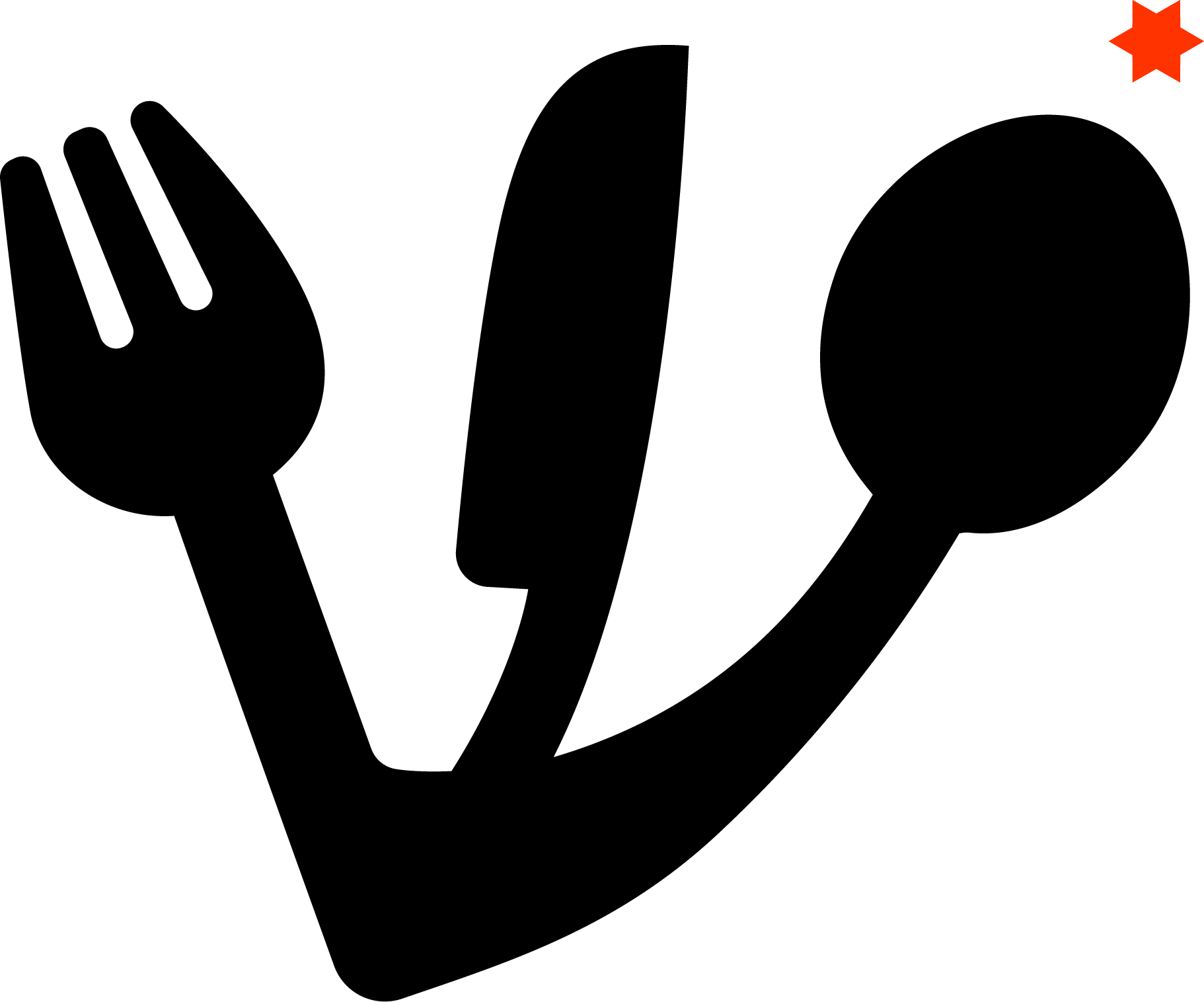| Getting your Trinity Audio player ready... |
IN German, Vienna is Wien, and wine is Wein. Coincidence? Perhaps not. More important, Wein/wine sounds like whine, which surely is the Viennese’s favorite pastime hence the large amounts of alcohol consumed in the whole region. There’s even a wine unique to Vienna, the Wiener Gemischter Satz. Indeed, the city has a vibrant tradition of making and drinking wine. (Though there’s a lot to be said about Viennese beer too.)
Parisians may boast their small, secret, last remaining active vineyard, Clos Montmartre, located literally in the middle of the city. Brooklyn may have its rooftop vineyards and boutique urban wineries. But… Vienna tops them all.
With 1,600 acres (612 hectares) in the outskirts of the city devoted to wine-making, Vienna is home to the highest number of urban vineyards in the world. That’s a real metropolitan wine-making industry. Not only do the vineyards play a sizable role in the local economy, but they also serve as part of the important green belt around the city.

Wine grows on the city’s hills bordering the Vienna Woods. The most famous of all such wine mountains is the Nussberg (“nut-mountain”), with the Beethoven house at its feet. From these vineyards, one has a breathtaking view over the city and the Danube river.
The Nussberg, in particular, has an ideal microclimate for wine. The winds from the Pannonian plain, coming over from Hungary, protect the vineyards from overheating in summer. The vineyards are perfectly exposed to the south, on the sloping hill and its calcareous shell lime stone soil. This offers perfect conditions for growing grapes like Riesling, Chardonnay, Grüner Veltliner, Muskateller, Zweigelt and Burgundy, among others.

As if that isn’t enough, Vienna also has a tiny vineyard in the middle of the town. The city’s smallest vineyard is located right in the center, at Schwarzenbergplatz, in the front of the Palace Wiener von Welten. It produces Vienna’s “official,” “national”1 wine – an old, strictly Viennese slow food specialty – a dry white wine called Wiener Gemischter Satz. That translates to “Viennese field blend,” which is a popular blend of at least three different grapes, planted, harvested and vinified together in a single vineyard.
On the Nussberg, for example, the mixture found in the small Rotes Haus vineyard consists of Pinot Gris, Pinot Blanc, Neuburger and Traminer. This selection of wines is not mixed together only once in the cuvée (French for tank). No, the special thing about Gemischter Satz is that the vineyard itself is the cuvée, if you will. And all those grapes grow together right inside the city limits.

Wiener Gemischter Satz wine was the traditional Viennese daily wine, before Grüner Veltliner wine became more popular in the mid-1950s. In recent years, serious progress in quality has been made. Vienna’s Gemischter Satz wine now has a DAC classification (Districtus Austriae Controllatus, loosely based on the French Domaine d’Appellation Contrôlée and the German Prädikat system).

On the Nussberg, Wieninger winery makes a full-bodied Gemischter Satz wine. It’s even organic. It’s excellent for poaching quinces! Don’t worry, I didn’t use cloves and cinnamon, just the marvelous aromas of the wine. I would have loved to try a bottle from Vienna’s smallest vineyard, but with an output of only 50 bottles, there was none left for me.

LET’S STAY IN TOUCH
If you’d like to hear from me now and then, sign up below.


Winemaker Fritz Wienenger of Vienna’s Hajszan Neumann vineyards explains the classic Viennese Gemischter Satz wines resulting from “field blended” vineyards, meaning that different varieties of wine plants are grown mixt together in one vineyard:
Where can I buy Wiener Gemischter Salz in the UK, please?
Hi Paul,
I don’t sell anything, but there are the prestigious wine shops in London and then there are quite a few online retailers that do sell everything. Just search for “Wiener Gemischter Satz UK” or “Wine Shop London”. Let us know where you found something.
All the best